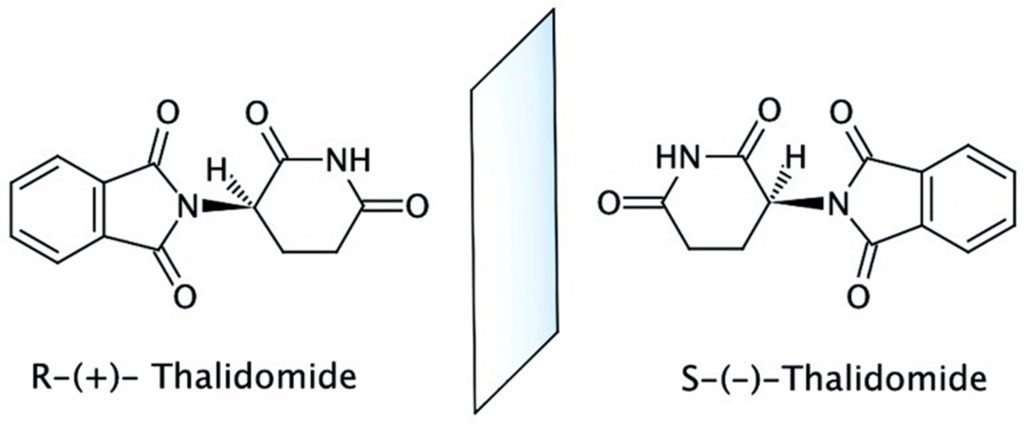There is no doubt that our current medical knowledge has both prolonged and improved the quality of many lives across the world. However the road to this version of medicine has not been such smooth sailing with many lives being lost to techniques that were medically inaccurate (as we know them today) as well as failed human trials (such as the death of the first penicillin patient). The story focussed on here is the story of thalidomide, something that is sometimes viewed as the largest man-made medical disaster in history.
It is 1950s West Germany, the Cold War is fully underway, and in your local pharmacy a new drug is being sold over the counter, marketed for the treatment of everything from pneumonia to nausea. Pregnant people suffering from morning sickness were prescribed this and, due to the widespread acceptance of the drug by pharmacologists (apart notably from Frances Oldham Kelsey who was concerned about nerve damage after long-term use of thalidomide), it reached a vast number of people. In the next 5 years, an increase of adults complaining of nerve damage as well as miscarriages and infants born with limb differences were observed.
It is astounding that it took 5 years to realise the connection between thalidomide intake during pregnancy and congenital impairments, however, a possible reason is because of the similarity of thalidomide caused birth defects and some genetic conditions that cause limb difference. It was also found that the impact of the development of the foetus is only seen if thalidomide is taken between 20 and 30 days after conception, making it harder to connect the two. The connection was first made public in 1961, following which, the formal withdrawal of thalidomide occurred in November 1961 with UK distributers withdrawing the drug in December of the same year. However, the drug was still in widespread use under different names for many years.
So, what is the chemistry behind this drug?

As seen in the image above, thalidomide exists as two optical isomers, which have the same structure as each other, except that they are mirror images of each other, making them non-superimposable, similar to you trying to put two hands on top of each other (thank you chemistry teachers!) The “R” isomer seen above is associated with sedative effects, which is what thalidomide was originally intended to be, however, the “S” isomer is a teratogen (an agent that causes malformation of an embryo). These two isomers experience rapid interconversion (swap between each other at very high rates) in the body, so no matter which one is originally introduced, both of them will be found at some point in time. The mechanism of how thalidomide works is not known, and although theories have been posed this is not something that will be gone into here.
At the time, it was also not known that drugs could pass through the placental barrier to go on to affect a foetus in the womb, which meant the use of drugs during pregnancy was not regulated.
The impacts of thalidomide usage is still felt today. There are still thousands of people born with the effects of thalidomide that are still alive today (now in their 50s and 60s). On these people, the impact of thalidomide is huge and if you are interested in learning more about this I would recommend visiting The Thalidomide Trust’s website.
Thalidomide also forced pharmaceutical licensing procedures to be reviewed, with changes being made on the marketing, testing and approval of drugs. For example, animal testing alone is not enough to prove the safety of a drug and drugs targeted at pregnant women now need evidence for their safety when used in pregnancy. The yellow slip system was also put in place, allowing doctors to log and report side effects from certain drugs, something that has been widened so now anyone can report side effects.
Thalidomide is still used in medical treatments today, with it being a WHO approved treatment for leprosy (approved in 1967). It is also used for controlling certain symptoms of aids as well as being used as a targeted drug in treatment of certain cancer symptoms (such as multiple myeloma).
Thalidomide’s impact on both pharmacology and society has been huge, however it is important not to forget the problems it caused and the importance of human trials when developing new treatments.
